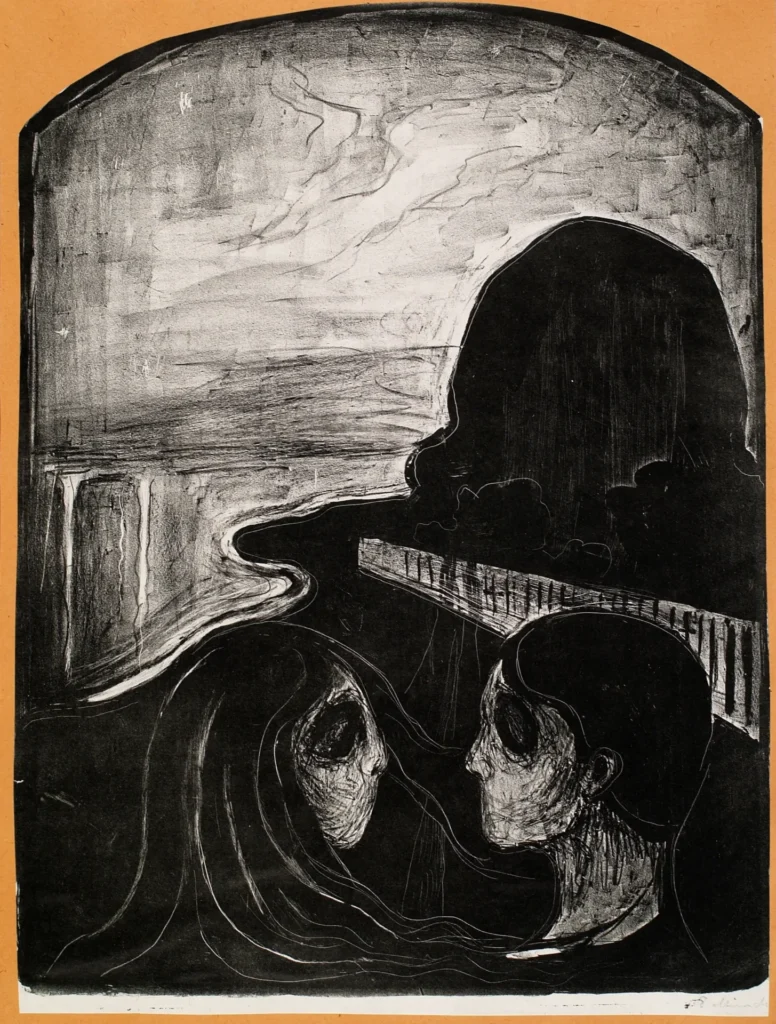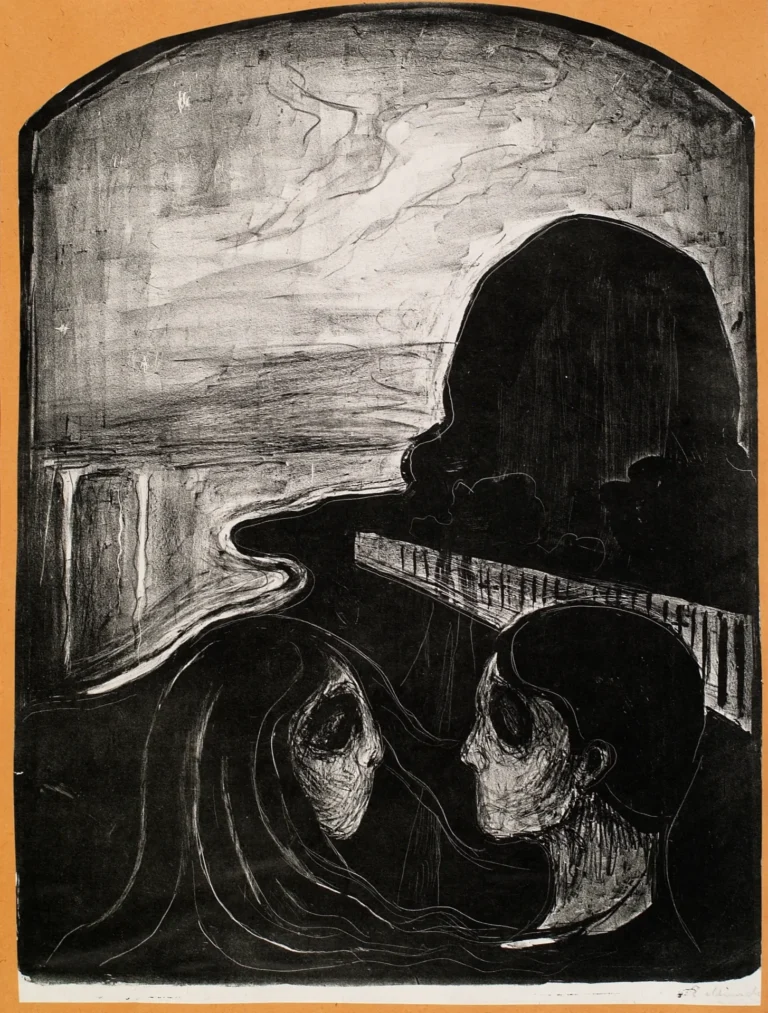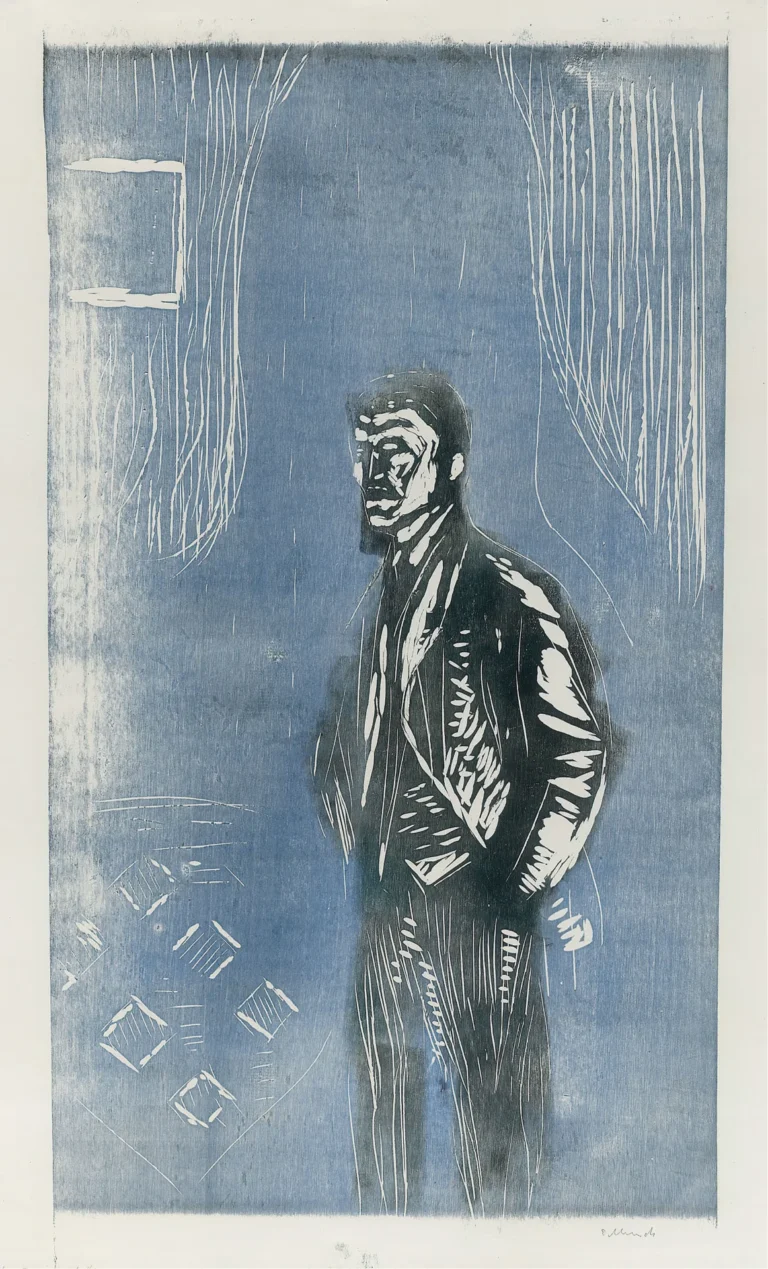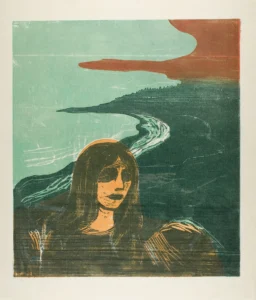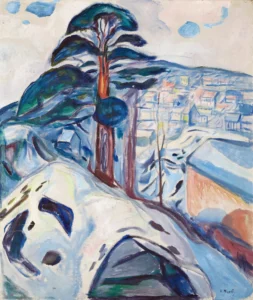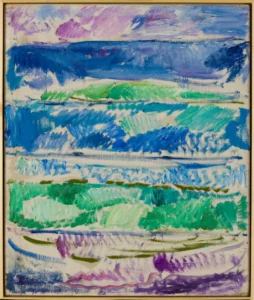Attraction I (1995)
Edvard Munch, the master of psychological expression, is best known for iconic works like 'The Scream'. His art often delves into themes of love, anxiety, and mortality, especially as viewed through the lens of late 19th-early 20th century Europe. There is no credible documentation of a piece called Attraction I created after his passing in 1944, illustrating the importance of verifying artistic attributions in understanding an artist's legacy.
Created before 1944
About the Artwork
Edvard Munch was a pioneer of modernist art whose work was heavily influenced by his own life experiences, including the trauma of familial loss and his struggles with mental health. His exploration into the human psyche paved the way for further developments in psychological and expressionist art. Any claim of a work like Attraction I from 1995 would have to confront the fundamental timeline of Munch's passing in 1944, as well as the need for diligence in tracking attributions in art history.
Did You Know
‘The Scream’, painted in 1893, is Munch’s most famous work and has become an iconic symbol of existential angst, reflecting his inner turmoil and the universal experience of anxiety.
Munch’s emotive use of color and raw portrayal of human emotion influenced the Expressionist movement profoundly, making him a pivotal figure in the history of modern art.
Edvard Munch was deeply affected by his family background. The death of his mother from tuberculosis when he was just five left a lasting impact on his psyche, frequently surfacing in his artwork’s themes of love, loss, and anxiety.




